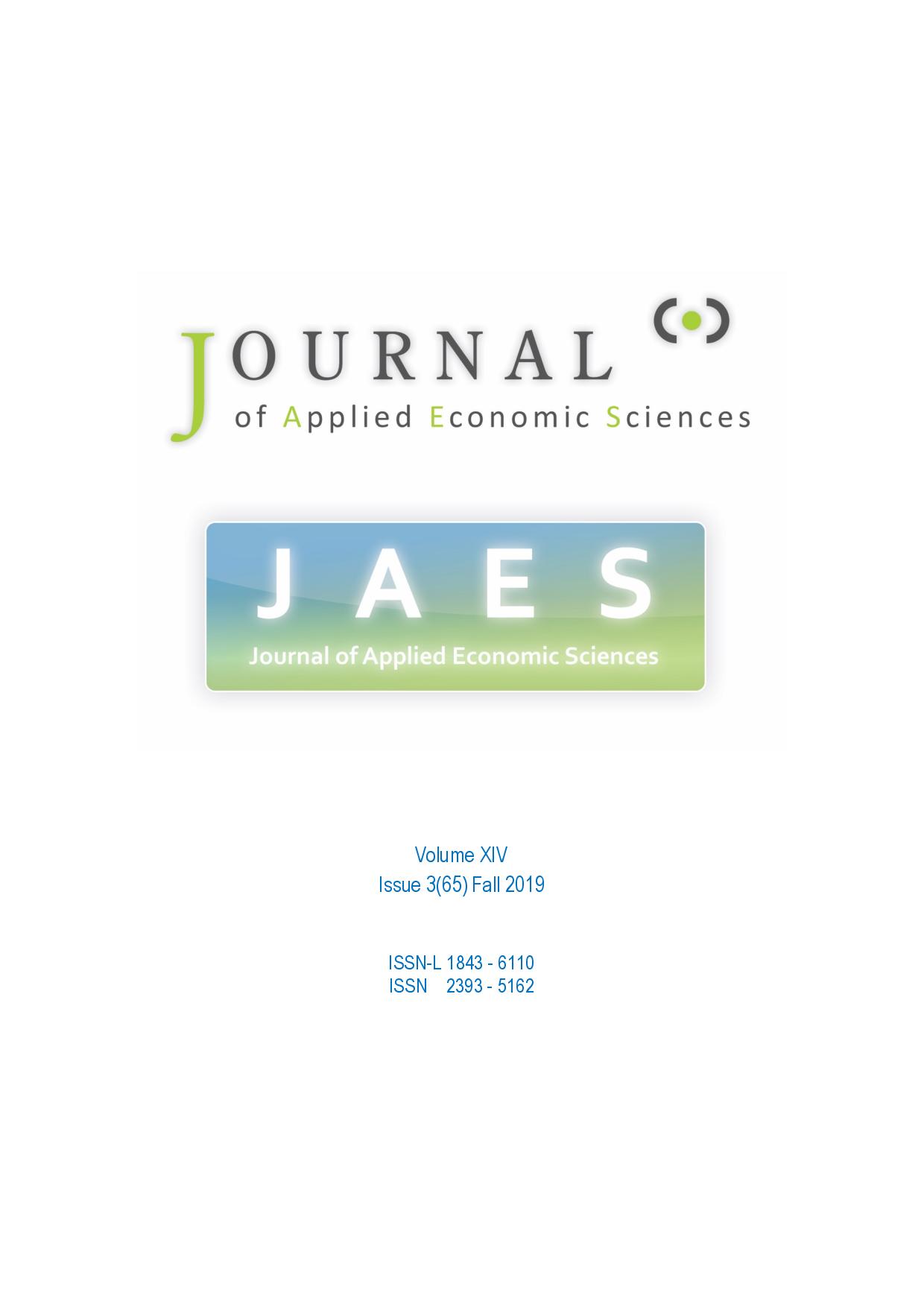Is There Any Theory that Explains the Swedish Krona (SEK)?
Is There Any Theory that Explains the Swedish Krona (SEK)?
Author(s): Christos PapahristodoulouSubject(s): Economy, National Economy, Business Economy / Management
Published by: ASERS Publishing
Keywords: exchange rate; interest rate parity; purchasing power parity; forecasting;
Summary/Abstract: This paper investigates if the value of the Swedish krona (SEK) against the US dollar ($) and the Euro (€) can be explained by some standard theories and fundamentals, such as the purchasing power parity, the interest rate parity, the debt-ratio and the trade balance ratio, using monthly data since February, 1993. All of them fail to explain why the SEK is so “weak”. The lower inflation rate in Sweden over the recent years has not strengthened the currency. Similarly, the theoretically stronger SEK implied by the lower interest rates in Sweden as the uncovered interest rate parity predicts, has not emerged yet. Finally, neither the persistent trade balance surpluses, nor the declining and very low debt ratio in Sweden has had any positive effects on the currency. It seems that the traders and investors ignore the fundamentals, speculate against the currency and keep it undervalued. Moreover, a number of simulated paths, predicted from various ARIMA-processes, based on the historic exchange rates, show that the worse exchange rates have already gone and by the end of 2020 the $ and the € will cost around 8 and 9.8 SEK respectively.
Journal: Journal of Applied Economic Sciences (JAES)
- Issue Year: XIV/2019
- Issue No: 65
- Page Range: 760-782
- Page Count: 23
- Language: English

